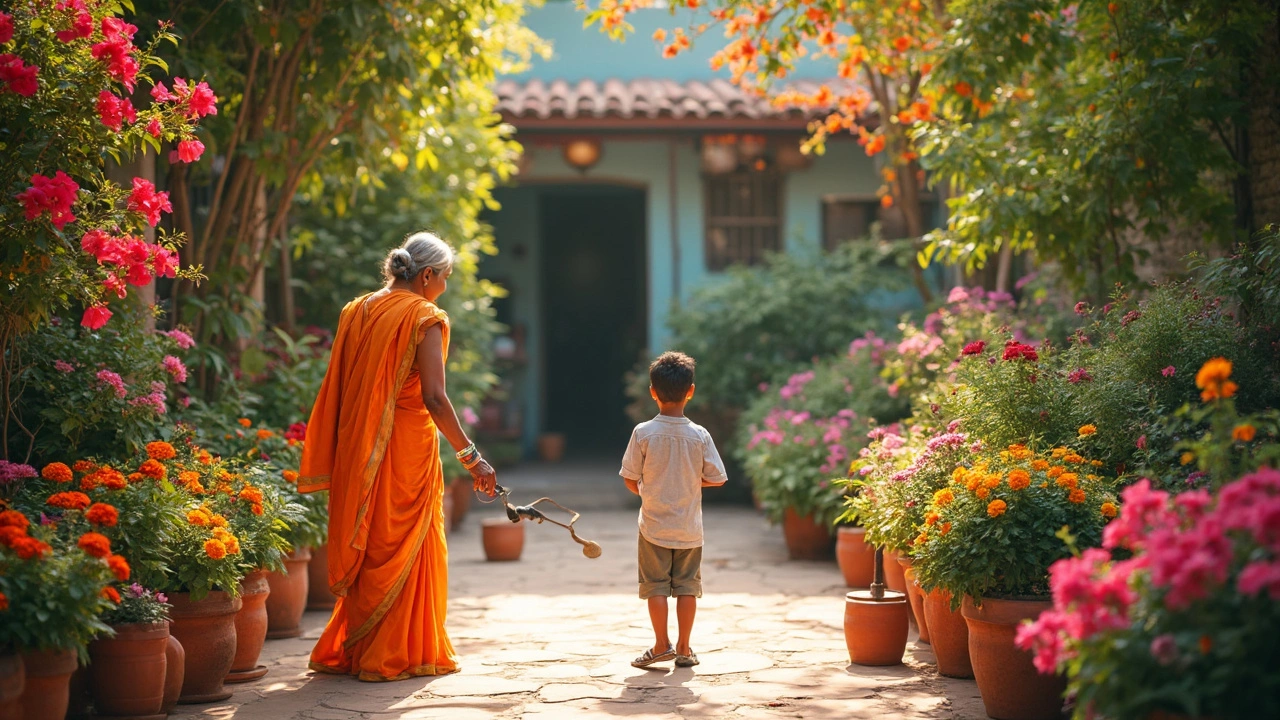Curious about which plant keeps color in your garden the longest? This article digs into the longest-lasting blooming plants suited for Indian weather, offers real-world care tips, and explains why some flowers just outshine the rest season after season. Learn what species to pick if you love vibrant, low-maintenance gardens that never look dull. Find out practical advice for beginner and seasoned home gardeners alike. Get ready to discover easy swaps and pro secrets for nonstop blooms.
Marigold: The Ultimate Guide to Growing This Tough, Beautiful Flower in India
When you think of Indian gardens, one flower always comes to mind—the marigold, a vibrant, hardy flowering plant widely used in festivals, home gardens, and religious offerings across India. Also known as tagetes, it thrives in heat, needs little water, and blooms nonstop from spring through winter. This isn’t just a pretty face—it’s a workhorse of Indian gardening.
Marigolds are more than decoration. They’re natural pest fighters. Plant them near tomatoes or vegetables, and they keep aphids, nematodes, and whiteflies away. Farmers in Maharashtra and Tamil Nadu have used them for decades as companion plants. They’re also one of the few flowers that bloom reliably through India’s scorching summers and light monsoons. If you’ve ever seen a temple courtyard or a wedding entrance covered in orange and yellow petals, that’s marigold doing the heavy lifting.
What makes marigold so special in India? It doesn’t need rich soil. It grows in pots, in cracks between tiles, even in dry yard corners. You can start it from seeds in February or July—no fancy tools needed. And unlike many ornamental flowers that die after a few weeks, marigolds keep flowering for months if you pinch off the dead heads. They’re the opposite of high-maintenance. You water them twice a week, give them sun, and they give back color, scent, and protection.
They’re also tied to culture. In South India, women weave marigold garlands daily. In North India, they’re part of Diwali and Durga Puja. This isn’t just tradition—it’s practical. Marigolds are cheap, easy to grow in bulk, and last longer than most cut flowers. That’s why nurseries across Delhi, Bangalore, and Pune sell them by the kilo during festival season.
But here’s the thing: not all marigolds are the same. French marigolds stay small and are perfect for balconies. African marigolds grow tall and bold—ideal for garden borders. And signet marigolds? Tiny, edible flowers that add spice to salads. You don’t need to buy fancy seeds. Just pick the kind that fits your space. If you have a small balcony, go French. If you’ve got a backyard, try African. Both work in India’s climate.
And yes, they’re organic gardening superstars. No chemicals needed. No synthetic fertilizers. Just compost, sun, and a little patience. If you’re trying to grow food without pesticides, marigolds are your secret weapon. They’re used in permaculture designs across Kerala and Gujarat because they improve soil health over time. Their roots release compounds that kill harmful worms. That’s science, not superstition.
So if you’re wondering where to start with Indian gardening, begin with marigold. It’s forgiving, fast, and full of life. Whether you’re a farmer looking to protect crops, a balcony gardener wanting color, or someone who just loves flowers that don’t quit—marigold delivers. Below, you’ll find real guides from Indian gardeners who’ve cracked the code on growing them in heat, monsoon, and small spaces. No theory. Just what works.
